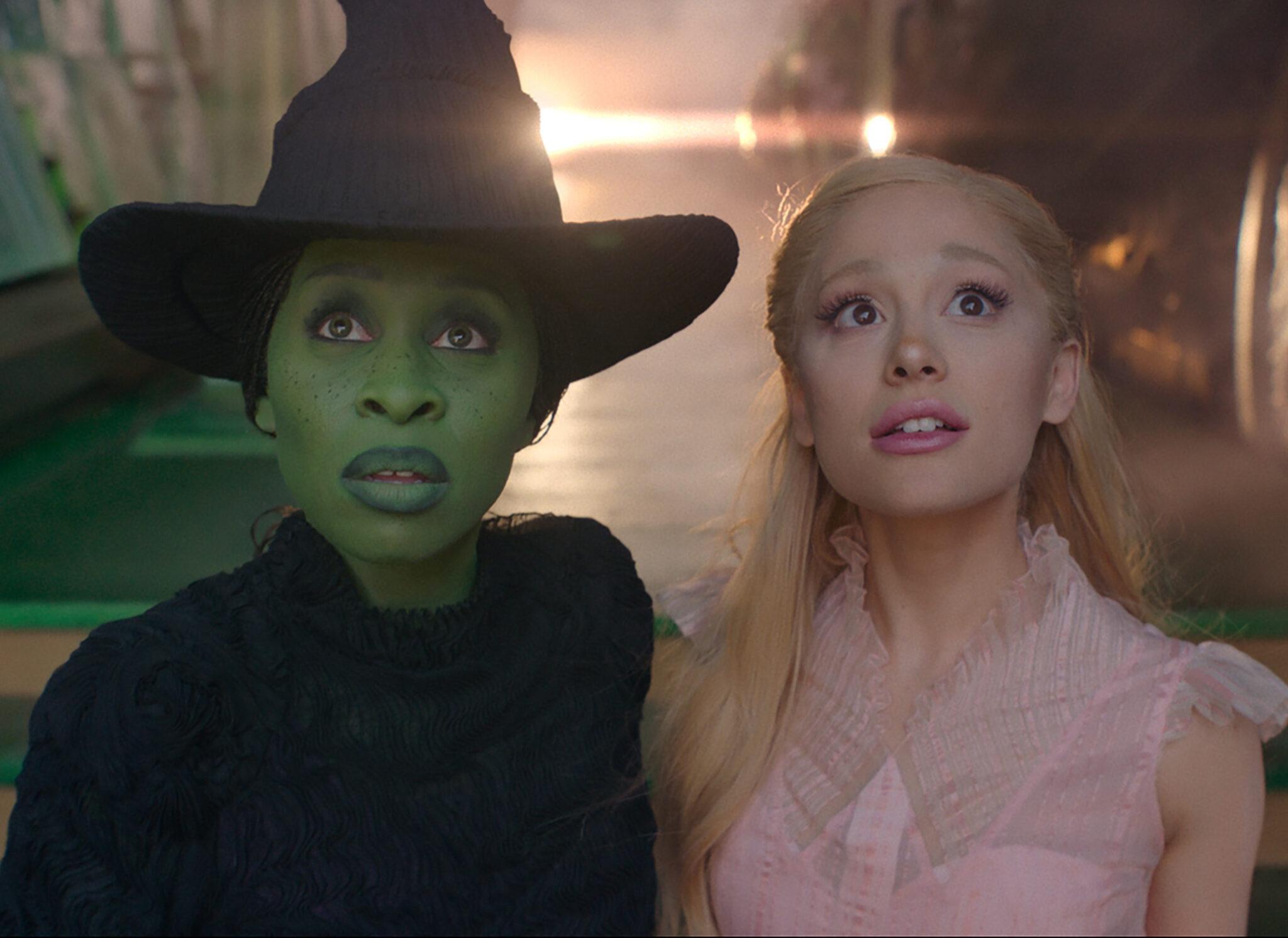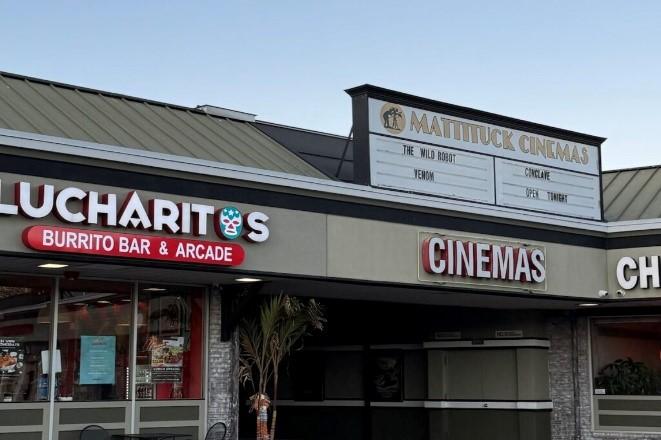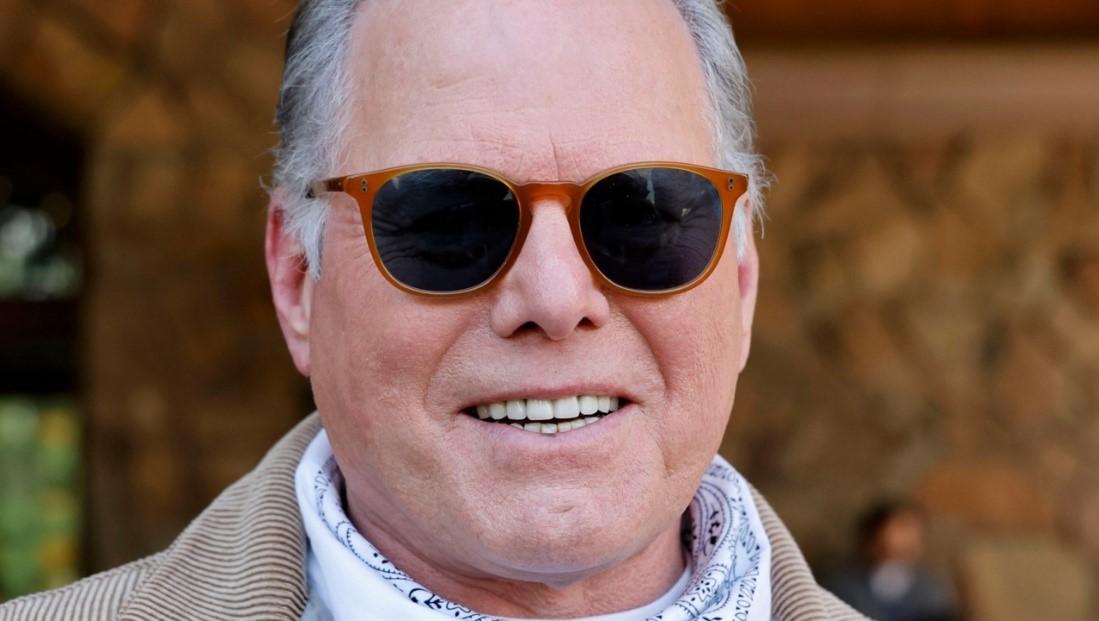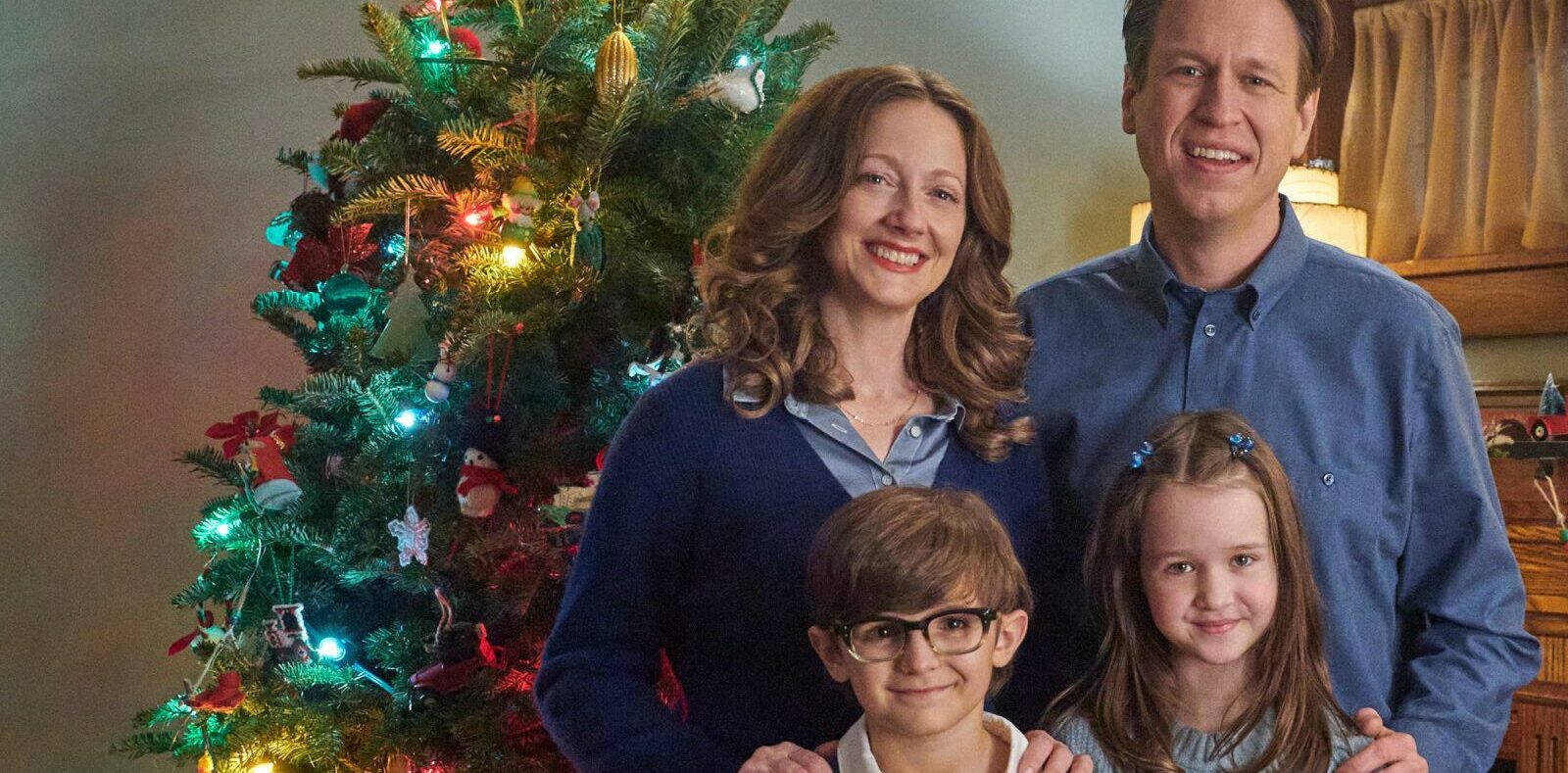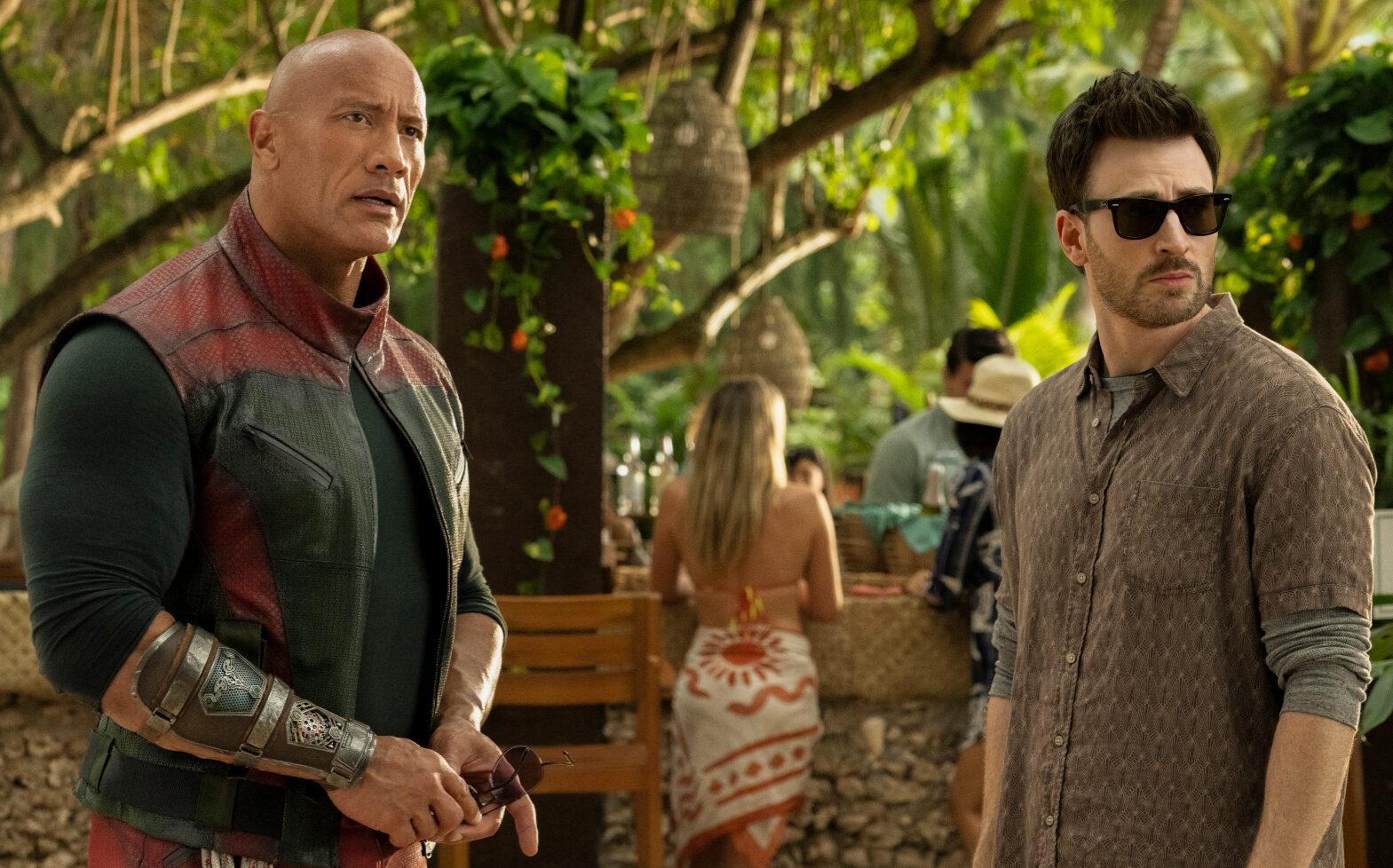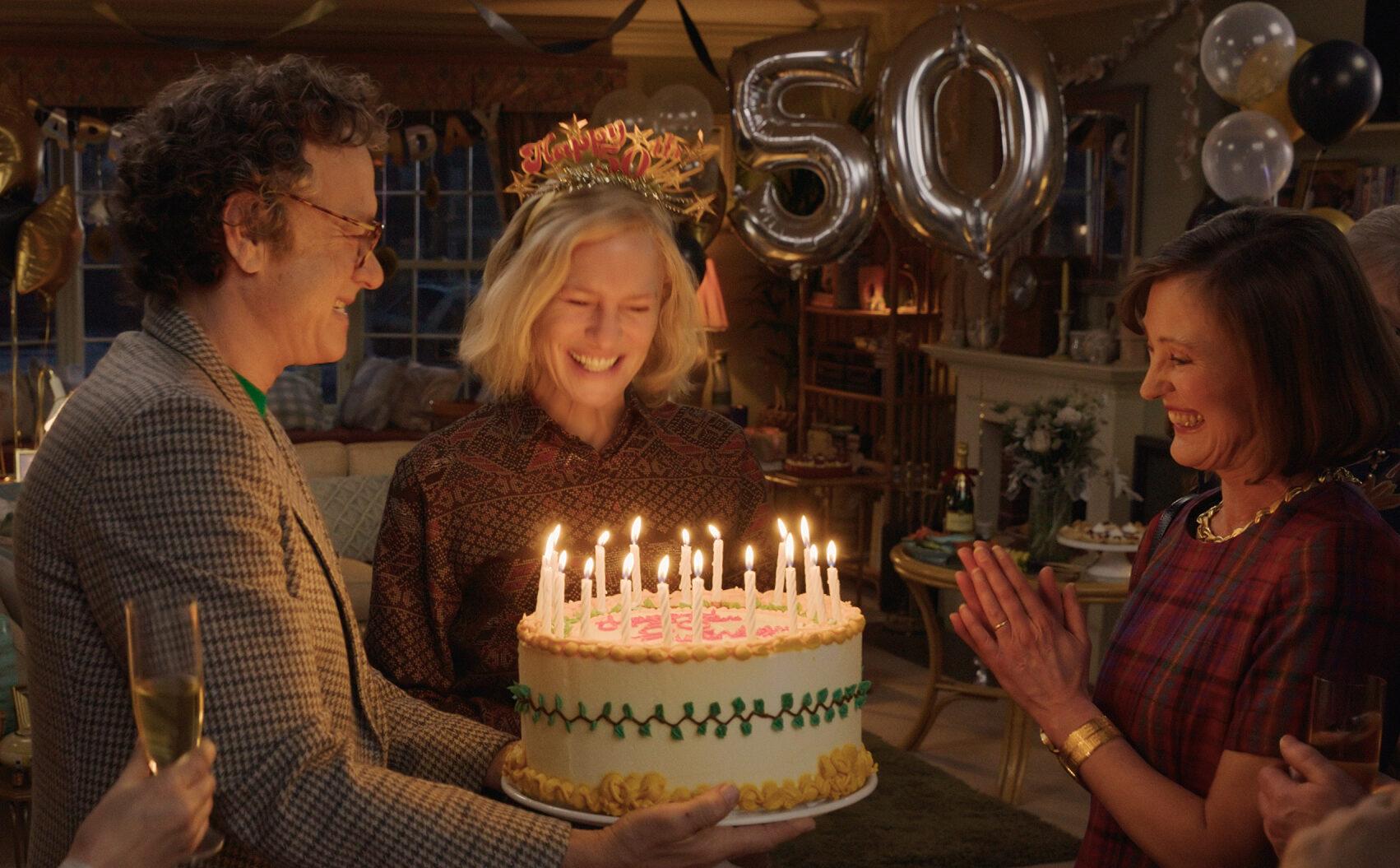VERDICT: Branagh’s most successful Agatha Christie adaptation to date finds mystery and suspense in period, setting, and another distinguished ensemble.
There’s A Haunting in Venice, all right, and it goes beyond the film’s setting, a creepy palazzo said to house the restless spirits of tormented children; many of the characters seem burdened by ghosts of their own, providing Kenneth Branagh’s third turn as Hercule Poirot with a grim underpinning that enhances the film’s homicidal mood.
Branagh, who also directs, appears to be learning from the shortcomings of his versions of Murder on the Orient Express and Death on the Nile: This time, he revels in the atmosphere of the legendary Italian city (unlike the earlier films, which seemed like soundstage productions employing lots of green-screen). He has also wisely tackled a Christie property (the novel Hallowe’en Party) that has not yet been adapted to the screen, freeing himself of comparisons to earlier classics.
It’s a certainty that this time, viewers will come in not already knowing the identity of the killer(s); the screenplay by Michael Green (who adapted Branagh’s previous Poirot mysteries) borrows the holiday and some character names from Christie’s book but is otherwise a brand-new concoction, which may irritate Christie purists but might also indicate that the best way for Branagh to bring Christie to the screen is not to bring Christie to the screen.
It’s 1947, and a shattered Poirot is hiding out in Venice, refusing to accept new clients and cutting himself off entirely from the world, sharing his digs only with his bodyguard Vitale Portfoglio (Riccardo Scamarcio). On Halloween, Poirot accepts a visit from his old friend, mystery novelist Ariadne Oliver (Tina Fey), who tries to coax Poirot back out into the world by helping her investigate popular medium Joyce Reynolds (Michelle Yeoh); Ariadne is convinced she’s a phony but has been unable to figure out her secrets.
It turns out Joyce is holding a séance that night at the home of opera singer Rowena Drake (Kelly Reilly), still mourning the death of her daughter the year before. In attendance are Dr. Leslie Ferrier (Jamie Dornan), Rowena’s family physician, suffering PTSD from his World War II experiences; the doctor’s young son, Leopold (Jude Hill, Belfast), who has forfeited his childhood to tend to his fragile father; Olga Seminoff (Camille Cottin, Call My Agent), nurse and nanny to Rowena’s dead daughter; Maxime (Kyle Allen), the daughter’s one-time fiancé; and Joyce’s assistant Desdemona (Emma Laird).
Nothing goes as planned, of course, and before long, the corpses are piling up as Poirot locks everyone inside until he can solve the crime. But is the assailant one of the guests, or have the victims fallen to the palazzo’s curse, murdered by vengeful spirits?
Branagh accentuates the dark-and-stormy-night aspects of the tale — the violent weather has made the canals inaccessible, thus accounting for why the police can’t come — and the somber cinematography from Haris Zambarloukos (Meg 2: The Trench) underscores the Halloween atmosphere and the world-weary anxiety of so many of the characters.
John Paul Kelly’s production design combines the old-world setting and requirements of a moody murder mystery to great effect (a shadow-puppet show depicting the demise of the orphans who once inhabited the house foretells a later homicide presented in silhouette) while editor Lucy Donaldson ratchets up the tension.
Branagh has never been better than Poirot; he begins the story not wanting to be a detective at all anymore, and it’s a pleasure to watch his legendary “little grey cells” come back to life when he’s presented with a new mystery to solve. The great detective also admits that, while he doesn’t believe in ghosts, he’d be thrilled to find evidence that they exist, since that would mean that there is a soul, which in turn would mean that there is a God.
The ensemble is having a blast with the material but never camping it up; all are taken quite seriously, which makes each side-eye and whispered confession land with the necessary impact. At the head of the class are Dornan and Hill; probably the least comfortable with the material is Tina Fey.
She can absolutely carry a leading role — check out the underseen and underappreciated Whiskey Tango Foxtrot if you missed it — but Fey comes off as too contemporary a performer to slide into a period role, and she’s too dominant a screen figure to play Watson to Poirot’s Holmes. (These sidekick parts are always a challenge since they involve lots of reaction shots and receiving of exposition; probably the gold standard is still Martin Balsam in the 1974 Murder on the Orient Express.)
Rian Johnson may remain the unchallenged modern master of the whodunnit, but with A Haunting in Venice, Branagh shows more affinity for the genre than ever before. Not since Dead Again has the director so successfully applied his flair for showmanship to the requirements of the murder mystery.




